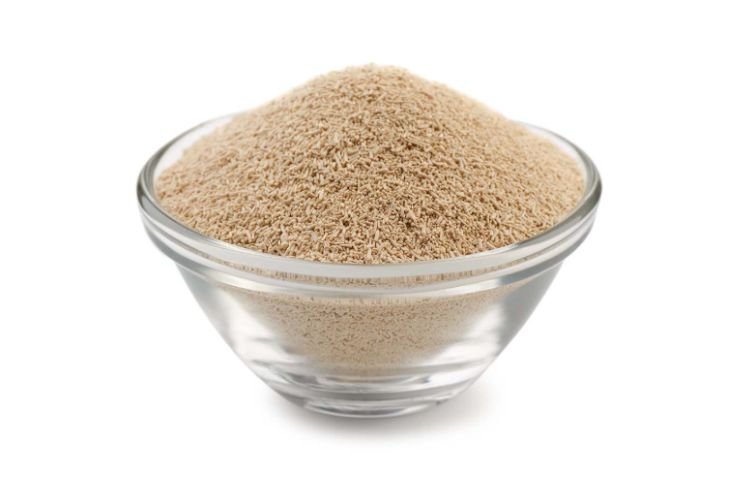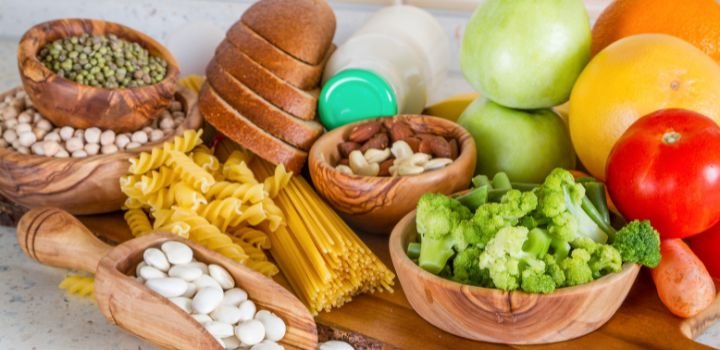Animal feed, on average, accounts for 75% of the total production cost. The various ingredients making up the animal’s diet should be able to meet nutritional requirements. They should also provide support to the cells and microbial population in the gastrointestinal tract promoting optimal function and aiding in immunomodulation of intestinal integrity and mycotoxin absorption. The result is a maximum absorption and efficient digestion of nutrients and consequently higher profitability.
Key factors affecting animal health
Production animals are constantly exposed to agents that directly influence their health and performance. Other factors may raise animal production stress levels and energy expenditure, and depression in their immune response. Intestinal bacteria live in equilibrium and directly affect animals’ health. However, stressor agents such as environmental factors, pathogens, toxins, and chemical substances can lead to an imbalance in this microbiota, allowing pathogens to increase further and cause inflammation that damages the intestinal epithelium.
In this context, the mucosa, which is the intestine’s initial natural barrier, has its permeability altered. As a result, the tight junctions in the epithelia become more fragile and eventually rupture, facilitating the invasion of pathogenic bacteria and toxic substances into the bloodstream, a scenario in which the outcome is reflected in a decrease of villi and alterations and digestion and nutrient absorption.

With the market trending toward growth promoters and antibiotic withdrawal from animal production, this scenario is aggravated. The result is the growing importance of specific feed additives in controlling intestinal health.
Production of Yeast Cell Wall
The production process of the yeast cell wall starts with the harvest of sugarcane, followed by the grinding pressing and extraction of sugarcane juice. Part of the juice is fermented and centrifuged, resulting in a yeast cream divided into two portions, each of which is intended for a specific purpose. In contrast, one part of the cream returns to a new fermentation cycle the other is separated and used as raw material for producing the yeast cell wall.
The following steps involve proprietary fermentation cycles and bioreactors. These control aeration temperature pH and other parameters are helping to facilitate Natale’s process producing consistent results they guarantee the products exceptional quality. To survive this harsh environment, the yeast cells develop cell walls many times denser than conventional yeast culture. A protective shield is born from an effective stress response. The result is the highest concentration of 1.3 and 1.6 beta glucans and MOS crucial ingredients to help win the battle for intestinal health.

MOS and Yeast Beta Glucan plays an important role in the animal feed
The increase in density of the yeast cell wall is responsible for the reduction in their digestibility. This increases their potential function when compared to common yeasts. MOS is one of the cell wall components and combined or gluten ate pathogenic bacteria have type one fen berry. This includes strains of E Coli in salmonella, preventing the colonization and proliferation of these populations in the intestine. Beta-glucans modulate the innate immune system stimulating production and the activity of the phagocytic cells, which are the first line of defense and play an important role in the immune system. They can identify and destroy pathogenic microorganisms. These cells can recognize beta 1.3 in beta 1.6 bonds. As a result, they release cytokines that trigger a chain reaction inducing a higher immune status for animals, making them ready to fight opportunistic infections.
The yeast cell wall has the highest quality beta-glucans with a broad-spectrum action. They interact with the polarity of mycotoxins through electrostatic forces. They also have an extensive surface area that maximizes mycotoxin adsorption compared with alumina silicates.
Conclusion
The yeast cell wall helps guarantee that animals maintain an intestinal microbiota balance. It also improves immune system response, resulting in reducing pathogenic bacterial contamination and transmission to other organs in the body. As a result, there is an improvement in the animal’s health and performance.







